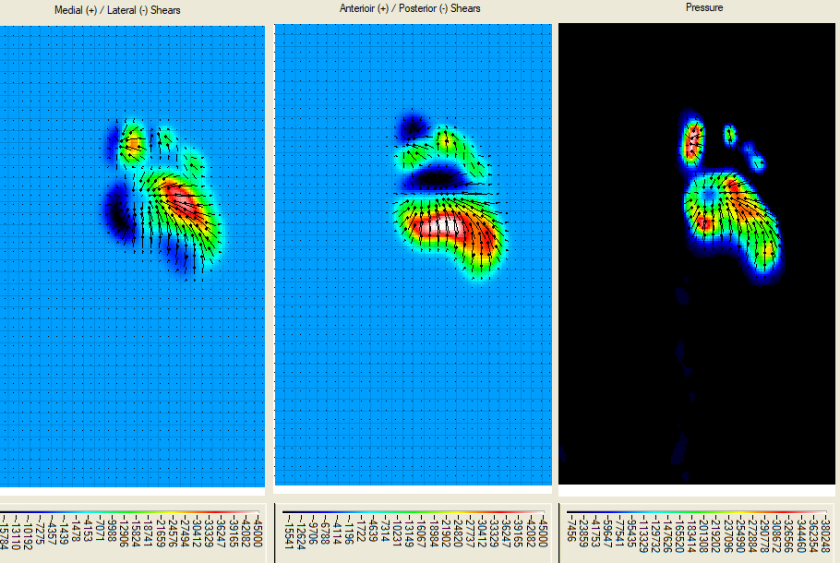About Us
The Human Foot is a Masterpiece of Engineering and a Work of Art

From a musculoskeletal standpoint, the human foot is one of the most complex parts of the body. With technology advances and more sophisticated tools to study the foot in greater detail, an emerging interest and emphasis is being given to the role of the foot and ankle in orthopedics.
The goals of the Foot and Ankle Research group are to:
- Foster interdisciplinary collaborative research between scientists and clinicians
- Advance measurement methodology
- Improve diagnosis, prevention, and treatment of pathologies affecting the foot and ankle
What We Do
Motion Capture Models
In the biomechanics lab, motion capture is used to create multi-segment computer models of the foot. Kinematics and kinetics of each foot joint are calculated from these models and applied to better understand the foot's musculoskeletal function in various research studies.

Foot muscle strength testing
We have developed several custom foot strength measurement devices. In this one, the subject performs a doming, or short-foot motion. A leather cuff is attached to a load cell underneath the platform. The device is currently in use for a study on diabetic neuropathy.

Muscle and Tissue Properties Testing
We use B-mode ultrasound to measure the size of the foot and ankle musculature as well as shear wave elastography to measure muscle/tendon stiffness.

Pressure and Shear Distributions
We use a FootSTEPS device to measure plantar pressure and shear distributions. This is used alone and in conjunction with the motion capture models.
